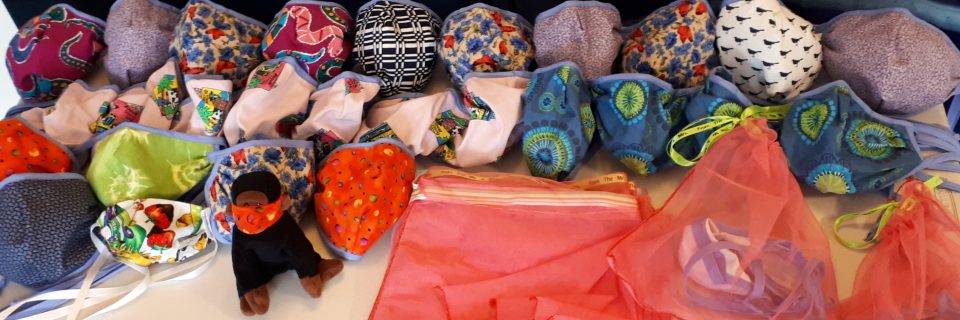Tags
#masks4all, COVID-19 Hand Washing Guidelines, COVID-19 Resources, https://mindyourmind.ca/, Kids Help Phone
Please note that the medical information on this site is current for March 24, 2020. Please refer to your public health and government sites for COVID-19 updated information.
Remind students that everyone has a role to play in preventing the spread of COVID-19. Something as simple as a sign in your community can help raise people’s spirits during the pandemic.
What is COVID-19?
- Explain that healthcare professionals are still learning about this new disease called COVID-19. It is sometimes known by other names such as coronavirus or severe acute respiratory syndrome coronavirus 2 (SARS-CoV-2) For further information: Naming the coronavirus disease (COVID-19) and the virus that causes it
- Explain the symptoms of COVID-19 as fever, cough and shortness of breath and what to do if symptoms occur
- Explain that COVID-19 is spreading around the world from person-to-person contact and that the virus has caused thousands of people to become sick and some to die
- Explain that the virus spreads when an infected person coughs or sneezes. The virus can be spread by droplets in the air or droplets that have landed on a surface.
- Explain that there is no vaccine that people can take that will prevent COVID-19 but that many healthcare workers are working to develop a vaccine. Currently, the best way to prevent coronavirus is to avoid being exposed to this virus.
- Help students understand that older people, people who have compromised immune systems or people that have other medical conditions are particularly vulnerable to the virus
- Use the infographic available at https://bit.ly/2WBPYKu
- Have students wash all surfaces of their hands often with soap and water. Get students to sing a 20-second song while they wash to remind them to wash for long enough.
- If students have been in public places, or have just blown their noses, remind them to wash.
- If soap and water aren’t available, use a hand sanitizer that contains at least 60% alcohol over all the hand’s surfaces rubbing them together until they feel dry.
- Students should avoid touching their eyes, nose, and mouth with unwashed hands.
Guidelines for Answering Students’ Questions:
- If students ask questions about COVID-19, answer them. If you don’t know the answers to students’ questions, tell them you don’t know and will find out. Once you have found answers, follow up with the students.
- Students take their cues from you. The way you deliver information will affect students’ anxiety level. Be as calm and reassuring as is possible under the circumstances.
- When answering questions about the COVID-19 virus, avoid laying blame on specific people or nationalities of people. People who have recently travelled to different countries, healthcare workers or people of Asian descent might be stigmatized. Stigmatization can cause social avoidance and might lead to anger, rejection or even physical violence.
- Help students avoid rumours by dispelling myths about the virus and helping students get reliable facts from trusted sources. (see resource section below)
- You might want to consider talking to students about the media coverage of COVID-19. Some questions to tackle with older students might be: How much information is the right amount of information? Where are the best sources of information?
Avoiding Information Overload
- Make sure that students stay informed but not overloaded with news about COVID-19
- Encourage daily educational routines, exercise and play
- Make sure students know that you are available to talk
- Make sure students have access to mental health resources such as the Kids Help Phone at 1-800-668-6868 or https://mindyourmind.ca/
COVID-19 Resources
Data sources:
https://ourworldindata.org/coronavirus
https://www.ft.com/coronavirus-latest
Canadian Government
Public Health Ontario
Centers for Disease Control and Prevention (United States)
https://www.cdc.gov/coronavirus/2019-ncov/prepare/prevention.html
Canadian Broadcasting Corporation
British Broadcasting Corporation (United Kingdom)
Daily infection count tracking (Canada is doubling every 3-4 days): https://coronavirus.jhu.edu/map.html
Youth are transmitters
https://twitter.com/markwby/status/1238867143363567616?s=20
The pathogen could be active in an infected person for 37 days
https://twitter.com/business/status/1239112786174783488?s=20
A short explanation on how to put on a mask


